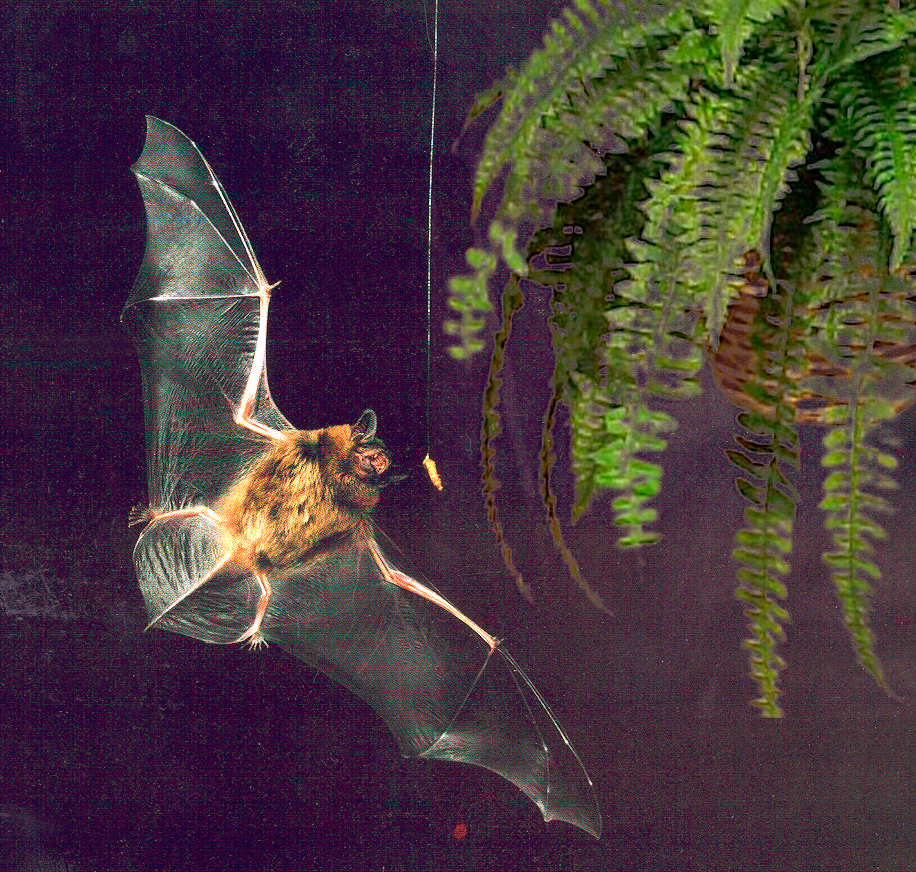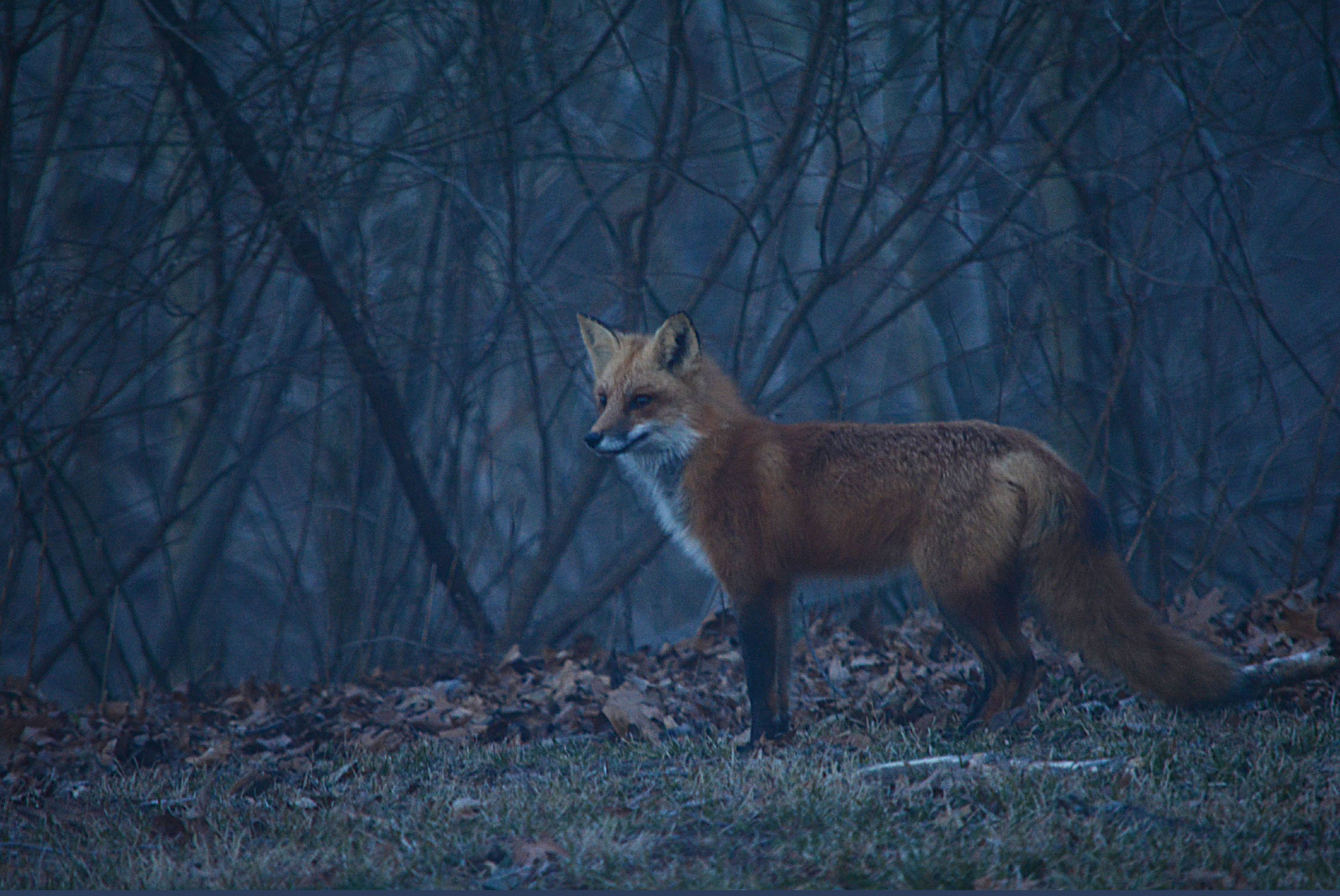|
Cathemeral
Cathemerality, sometimes called metaturnality, is an organismal activity pattern of irregular intervals during the day or night in which food is acquired, socializing with other organisms occurs, and any other activities necessary for livelihood are undertaken. This activity differs from the generally monophasic pattern (sleeping once per day) of nocturnal and diurnal species as it is polyphasic (sleeping 4-6 times per day) and is approximately evenly distributed throughout the 24-hour cycle. Many animals do not fit the traditional definitions of being strictly nocturnal, diurnal, or crepuscular, often driven by factors that include the availability of food, predation pressure, and variable ambient temperature. Although cathemerality is not as widely observed in individual species as diurnality or nocturnality, this activity pattern is seen across the mammal taxa, such as in lions, coyotes, and lemurs. Cathemeral behaviour can also vary on a seasonal basis over an annual pe ... [...More Info...] [...Related Items...] OR: [Wikipedia] [Google] [Baidu] |
Lemur
Lemurs ( ; from Latin ) are Strepsirrhini, wet-nosed primates of the Superfamily (biology), superfamily Lemuroidea ( ), divided into 8 Family (biology), families and consisting of 15 genera and around 100 existing species. They are Endemism, endemic to the island of Madagascar. Most existing lemurs are small, have a pointed snout, large eyes, and a long tail. They arboreal, chiefly live in trees and nocturnal, are active at night. Lemurs share resemblance with other primates, but evolved independently from monkeys and apes. Due to Madagascar's highly seasonal climate, Evolution of lemurs, lemur evolution has produced a level of species diversity rivaling that of any other primate group. Living lemurs range in weight from the mouse lemur to the indri. Since the arrival of humans on the island around 2,000 years ago, over a dozen species of "giant lemurs" larger than living lemur species have become extinct, including the gorilla-sized ''Archaeoindris''. Lemurs share ma ... [...More Info...] [...Related Items...] OR: [Wikipedia] [Google] [Baidu] |
Nocturnality
Nocturnality is a behavior in some non-human animals characterized by being active during the night and sleeping during the day. The common adjective is "nocturnal", versus diurnal meaning the opposite. Nocturnal creatures generally have highly developed senses of hearing, smell, and specially adapted eyesight. Some animals, such as ferrets, have eyes that can adapt to both low-level and bright day levels of illumination (see metaturnal). Others, such as bushbabies and (some) bats, can function only at night. Many nocturnal creatures including tarsiers and some owls have large eyes in comparison with their body size to compensate for the lower light levels at night. More specifically, they have been found to have a larger cornea relative to their eye size than diurnal creatures to increase their : in the low-light conditions. Nocturnality helps wasps, such as ''Apoica flavissima'', avoid hunting in intense sunlight. Diurnal animals, including humans (except for ni ... [...More Info...] [...Related Items...] OR: [Wikipedia] [Google] [Baidu] |
Diurnality
Diurnality is a form of plant and ethology, animal behavior characterized by activity during daytime, with a period of sleeping or other inactivity at night. The common adjective used for daytime activity is "diurnal". The timing of activity by an animal depends on a variety of environmental factors such as the temperature, the ability to gather food by sight, the risk of predation, and the time of year. Diurnality is a cycle of activity within a 24-hour period; cyclic activities called circadian rhythms are endogenous cycles not dependent on external cues or environmental factors except for a zeitgeber. Animals active during twilight are crepuscular, those active during the night are nocturnal and animals active at sporadic times during both night and day are cathemerality, cathemeral. Plants that open their flowers during the daytime are described as diurnal, while those that bloom during nighttime are nocturnal. The timing of flower opening is often related to the time at whic ... [...More Info...] [...Related Items...] OR: [Wikipedia] [Google] [Baidu] |
Nocturnal Animal
Nocturnality is a behavior in some non-human animals characterized by being active during the night and sleeping during the day. The common adjective is "nocturnal", versus diurnal meaning the opposite. Nocturnal creatures generally have highly developed senses of hearing, smell, and specially adapted eyesight. Some animals, such as ferrets, have eyes that can adapt to both low-level and bright day levels of illumination (see metaturnal). Others, such as bushbabies and (some) bats, can function only at night. Many nocturnal creatures including tarsiers and some owls have large eyes in comparison with their body size to compensate for the lower light levels at night. More specifically, they have been found to have a larger cornea relative to their eye size than diurnal creatures to increase their : in the low-light conditions. Nocturnality helps wasps, such as ''Apoica flavissima'', avoid hunting in intense sunlight. Diurnal animals, including humans (except for nig ... [...More Info...] [...Related Items...] OR: [Wikipedia] [Google] [Baidu] |
Diurnal Animal
Diurnality is a form of plant and animal behavior characterized by activity during daytime, with a period of sleeping or other inactivity at night. The common adjective used for daytime activity is "diurnal". The timing of activity by an animal depends on a variety of environmental factors such as the temperature, the ability to gather food by sight, the risk of predation, and the time of year. Diurnality is a cycle of activity within a 24-hour period; cyclic activities called circadian rhythms are endogenous cycles not dependent on external cues or environmental factors except for a zeitgeber. Animals active during twilight are crepuscular, those active during the night are nocturnal and animals active at sporadic times during both night and day are cathemeral. Plants that open their flowers during the daytime are described as diurnal, while those that bloom during nighttime are nocturnal. The timing of flower opening is often related to the time at which preferred pollinator ... [...More Info...] [...Related Items...] OR: [Wikipedia] [Google] [Baidu] |
Fossa (animal)
The fossa (''Cryptoprocta ferox''; or ; ) is a slender, long-tailed, cat-like mammal that is endemic to Madagascar. It is a member of the carnivora, carnivoran family Eupleridae. The fossa is the largest mammalian carnivore on Madagascar and has been compared to a small cougar, as it has Convergent evolution, convergently evolved many cat-like features. Adults have a head-body length of and weigh between , with the males larger than the females. It has semi-retractable claws (meaning it can extend but not retract its claws fully) and flexible ankles that allow it to climb up and down trees head-first, and also support jumping from tree to tree. A larger relative of the species, ''Cryptoprocta spelea'', probably became extinct before 1400. The species is widespread, although population density, population densities are usually low. It is found solely in forested habitat, and actively hunts both by day and night. Over 50% of its diet consists of lemurs, the endemic primates f ... [...More Info...] [...Related Items...] OR: [Wikipedia] [Google] [Baidu] |
Common Brown Lemur
The common brown lemur (''Eulemur fulvus'') is a species of lemur in the family Lemuridae. It is found in Madagascar and has been introduced to Mayotte. Taxonomy Five additional currently recognized species of lemur were until 2001 considered subspecies of ''E. fulvus''. These are: * White-fronted brown lemur, ''E. albifrons'' * Gray-headed lemur, ''E. cinereiceps'' * Collared brown lemur, ''E. collaris'' * Red-fronted brown lemur, ''E. rufus'' * Sanford's brown lemur, ''E. sanfordi'' However, a number of zoologists believe that ''E. albifrons'' and ''E. rufus'' should continue to be considered subspecies of ''E. fulvus''. Physical description The common brown lemur has a total length of , including of tail. Weight ranges from . Common brown lemurs are unique amongst ''Eulemur'' in that they exhibit little-to-no sexual dichromatism: in both males and females, the face, muzzle and crown are dark gray or black, with white or tan "cheeks" of varying thickness. Some individuals m ... [...More Info...] [...Related Items...] OR: [Wikipedia] [Google] [Baidu] |
Crepuscular
In zoology, a crepuscular animal is one that is active primarily during the twilight period, being matutinal (active during dawn), vespertine (biology), vespertine/vespertinal (active during dusk), or both. This is distinguished from diurnality, diurnal and nocturnality, nocturnal behavior, where an animal is active during the hours of daytime and of night, respectively. Some crepuscular animals may also be active by moonlight or during an overcast day. Matutinal animals are active only after dawn, and vespertine (biology), vespertine only before dusk. A number of factors affect the time of day an animal is active. Predation, Predators hunt when their prey is available, and prey try to avoid the times when their principal predators are at large. The temperature may be too high at midday or too low at night. Some creatures may adjust their activities depending on local competition. Etymology and usage The word ''crepuscular'' derives from the Latin ''wiktionary:crepusculum, cre ... [...More Info...] [...Related Items...] OR: [Wikipedia] [Google] [Baidu] |
Golden-lined Spinefoot
The golden-lined spinefoot (''Siganus lineatus''), also known as the goldlined rabbitfish or lined rabbitfish, is a species of marine ray-finned fish, a rabbitfish belonging to the family Siganidae. It is found in the tropical Western Pacific and along the coasts of northern Australia. Taxonomy The golden-lined spinefoot was first formally described in 1835 as ''Amphacanthus lineatus'' by the French zoologist Achille Valenciennes with the type locality given as the Western Pacific. The populations of spinefoots similar to '' Siganus lineatus'' in the waters off the Maldives, southern India and Sr Lanka had been considered to be conspecific with ''S. lineatus'' but differences in the colour and pattern as well as genetic differences showed that this was a valid, allopatric species, '' S. insomnis''. The specific name ''lineatus'' means "lined", a reference to the wavy bands along its body. Description The golden-lined spinefoot has a laterally compressed body, which has a depth ... [...More Info...] [...Related Items...] OR: [Wikipedia] [Google] [Baidu] |







